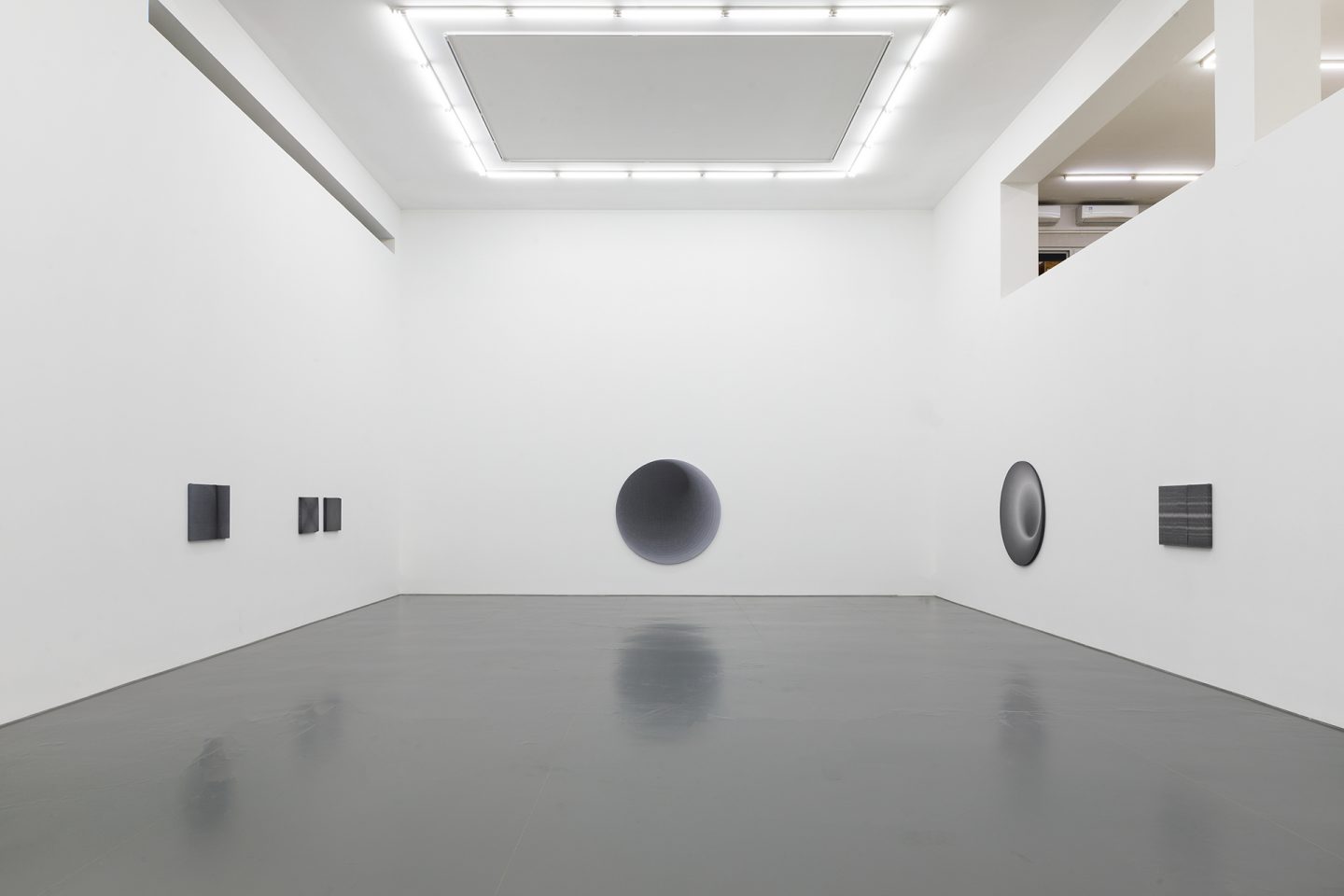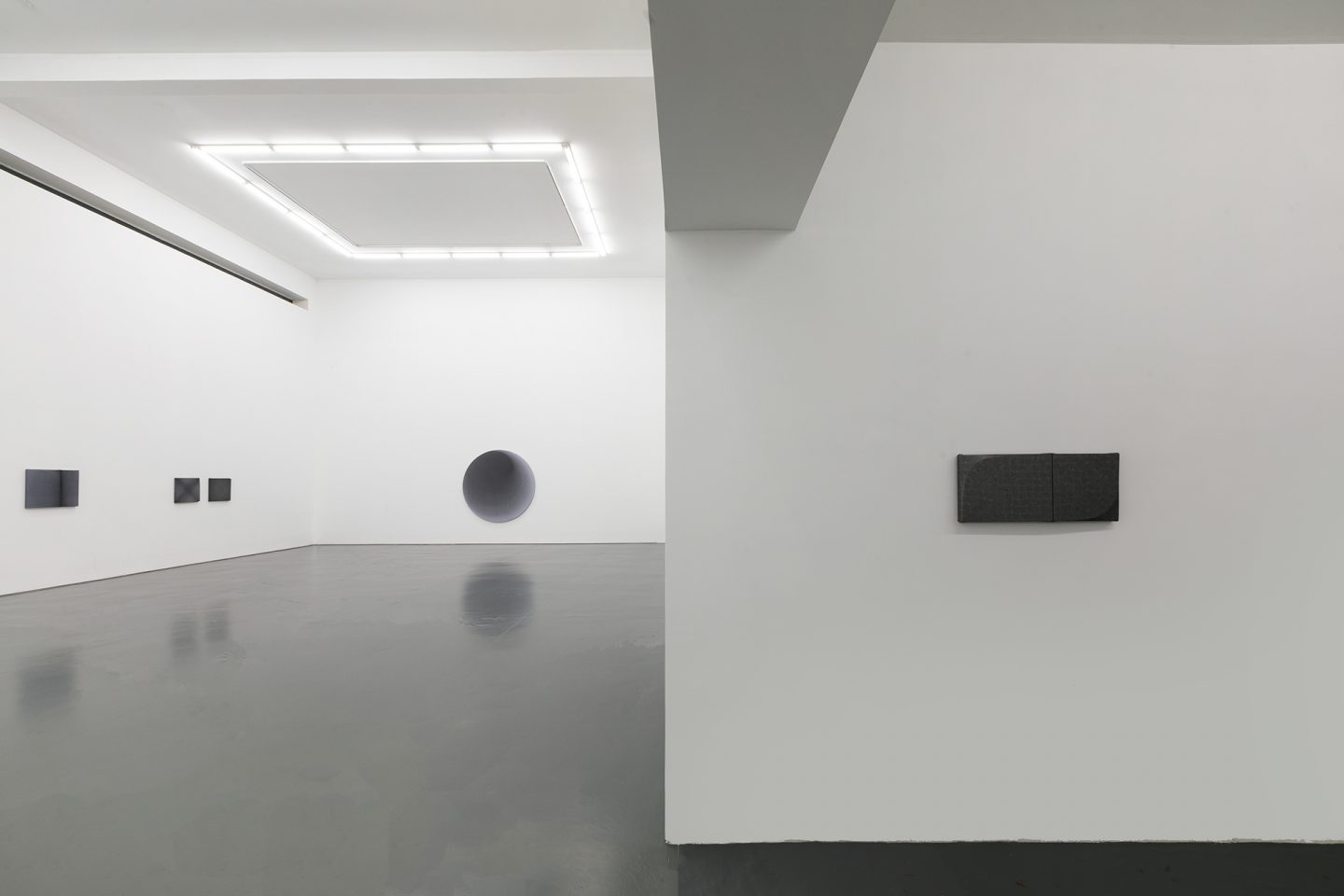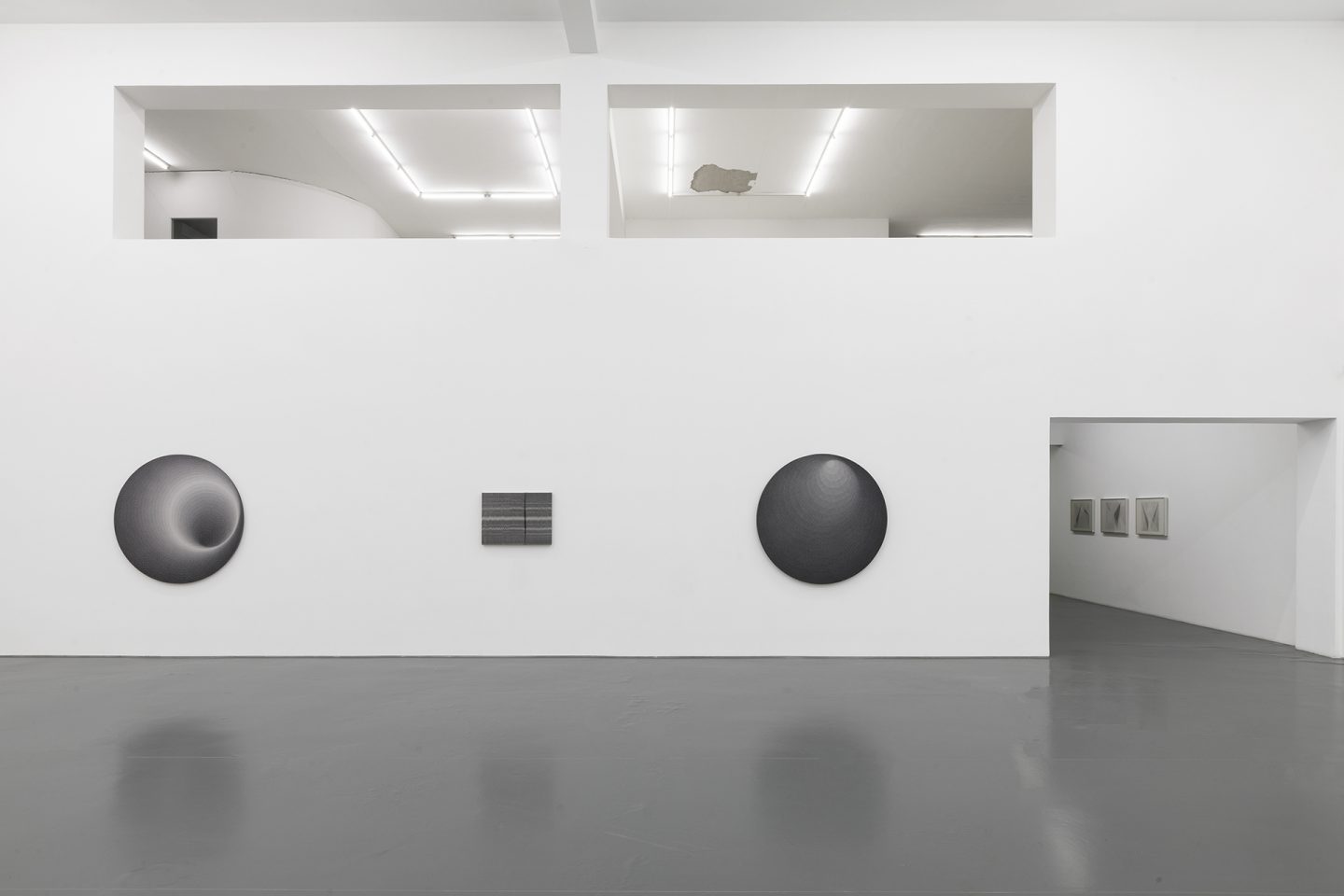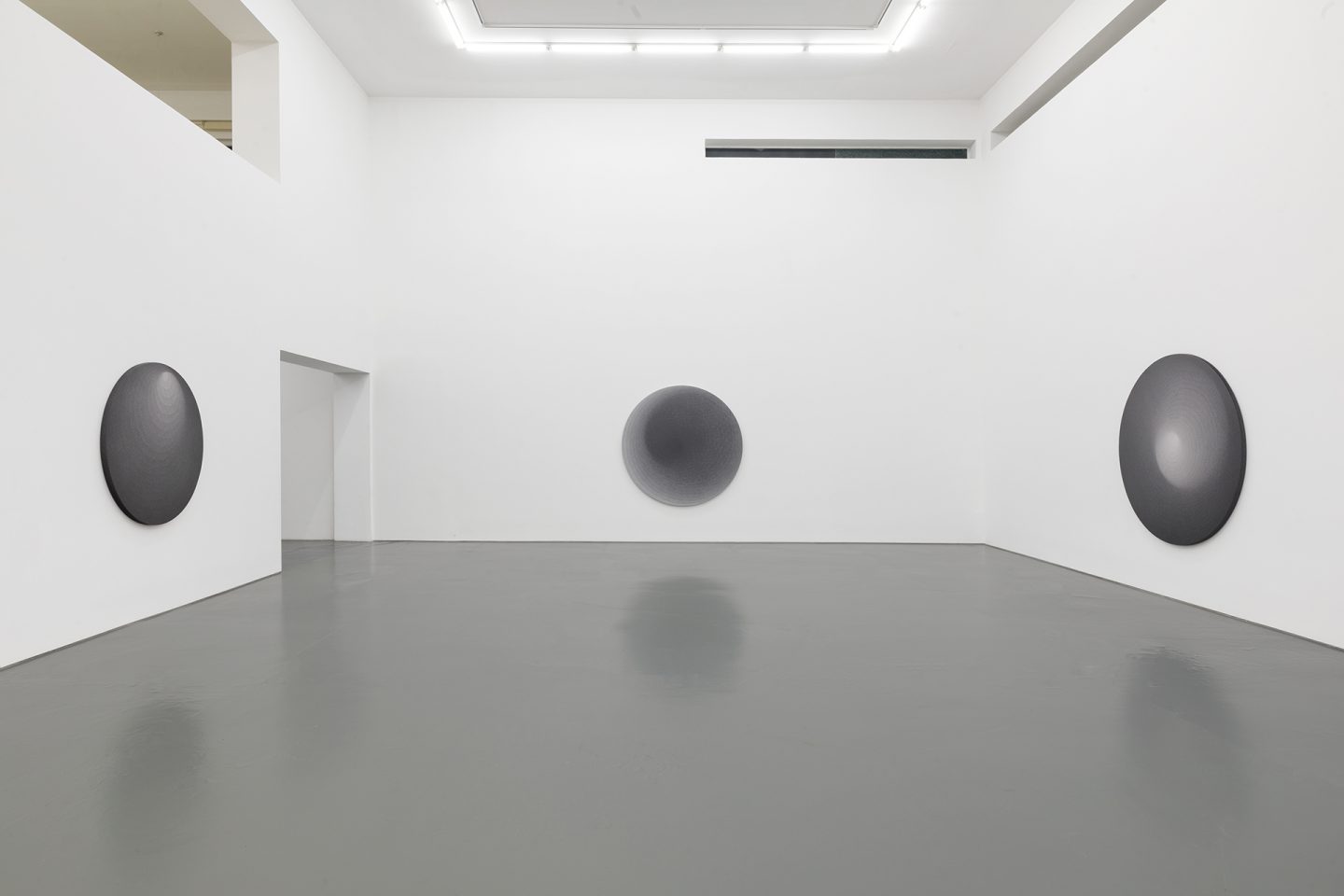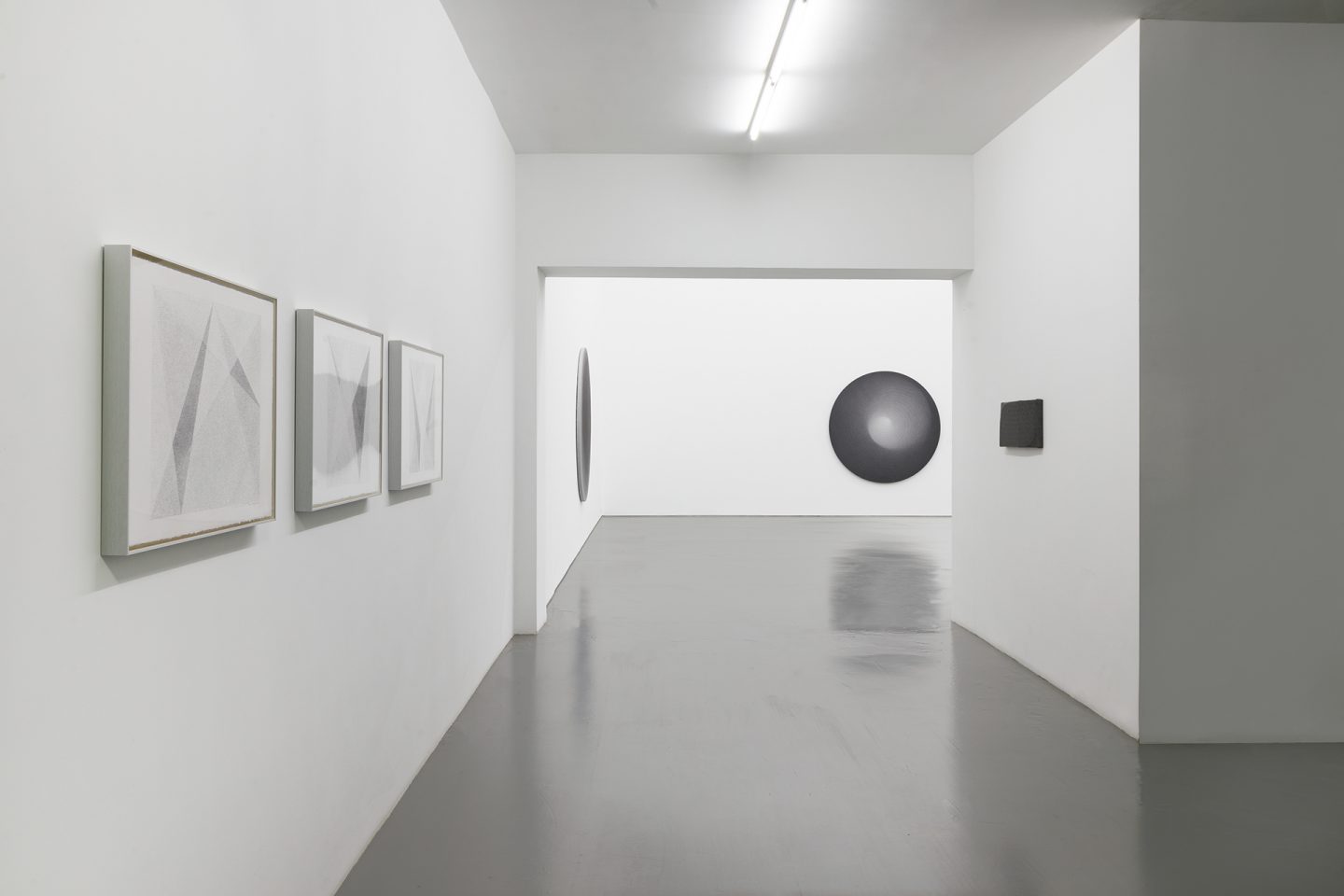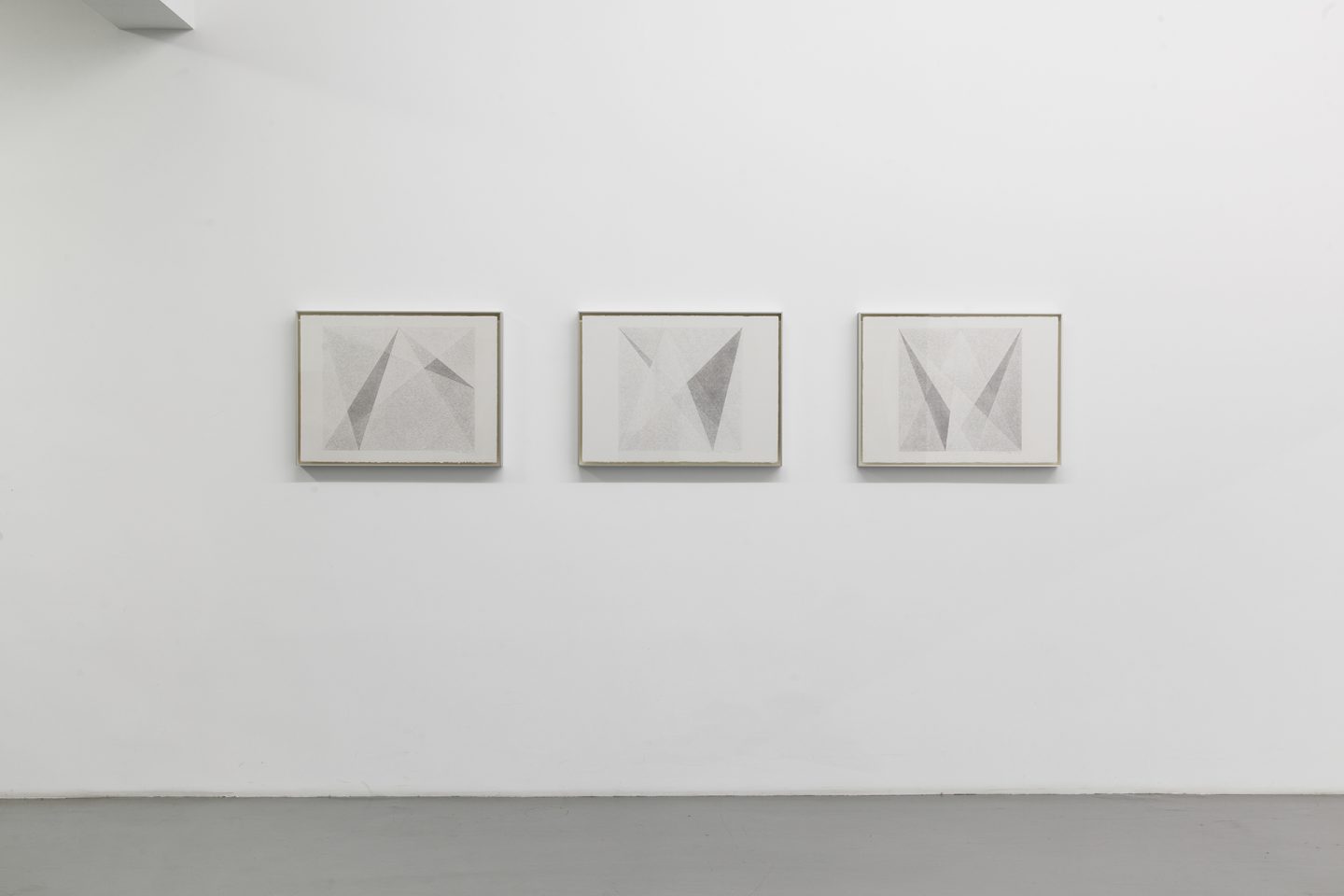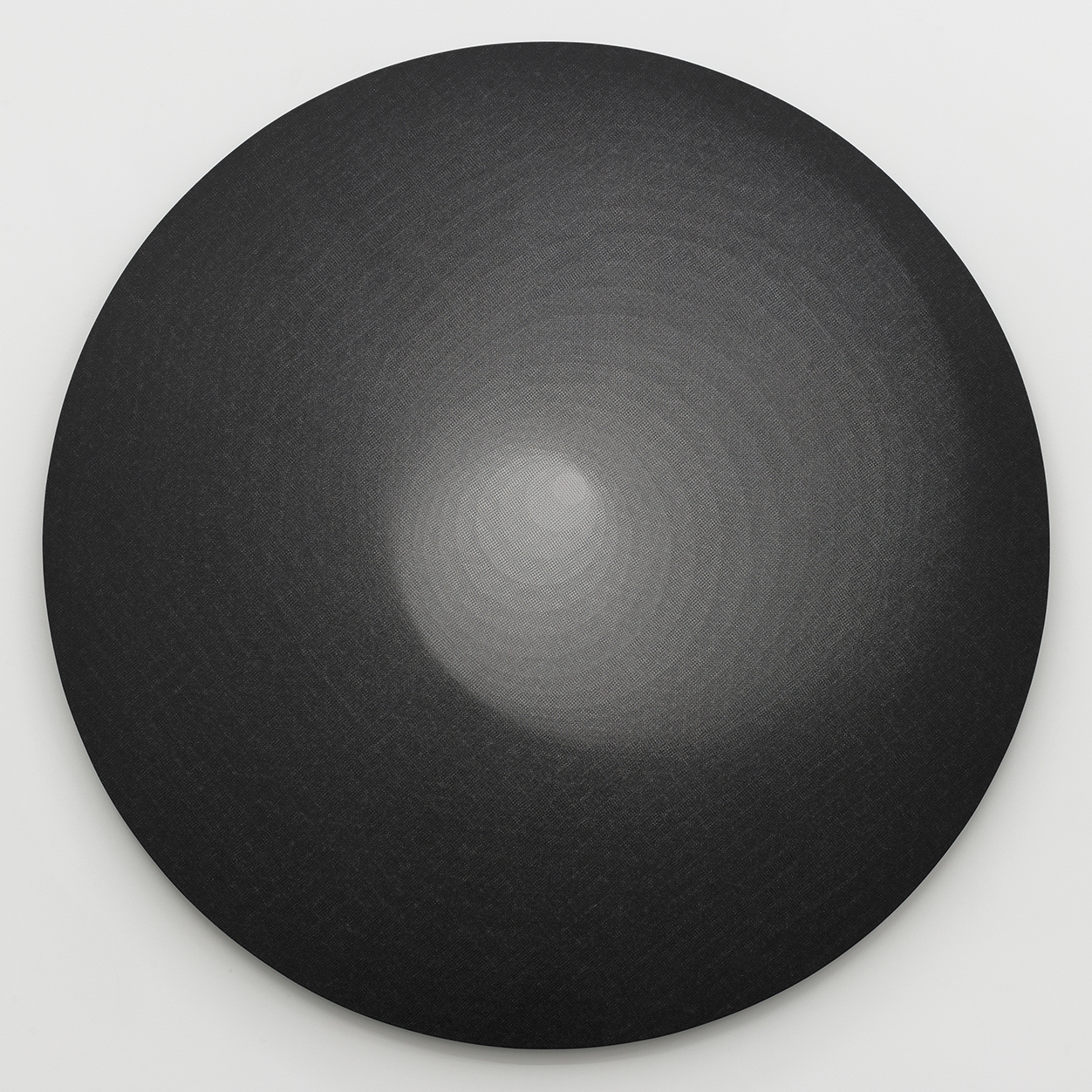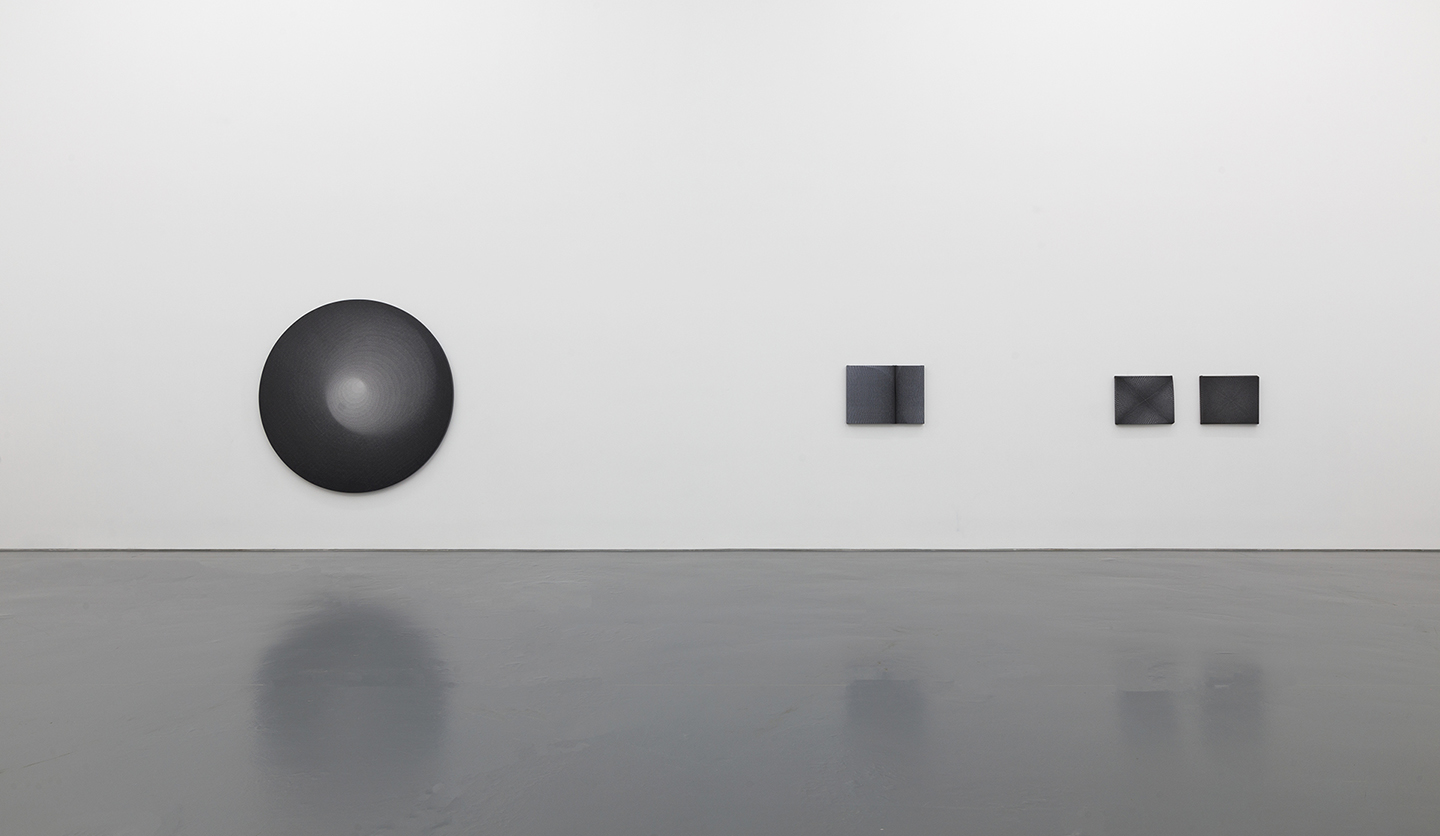

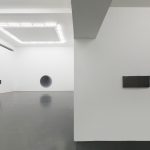
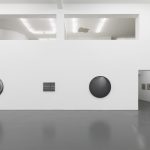
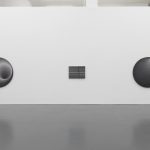

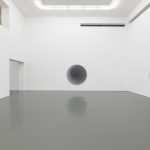

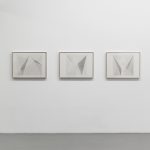
We are pleased to announce that Liu Wentao’s fifth solo exhibition at WHITE SPACE, “Breath,” opens on Friday, September 9, 2022, at the Caochangdi Space and will run through Thursday, October 20, 2022.
Using a pencil to draw straight lines is at the core of Liu Wentao’s painting practice lasting more than a decade. This consistency, like breathing, is as commonplace as critical to the essence of existence. Breathing is one of the few functions of the human body that can be consciously controlled or unconsciously performed. Liu Wentao maintains the same rational, precise and confident construction of lines in his paintings, rendering a sensibility with straightforward and inestimable power in the final presentation.
Straight lines may seem simple, although the length and thickness of each line, the density, and the angle between them shape thousands of variations and the artist’s expression of thought, just as the lightness and rhythm of one’s breathing can reveal a person’s state of being and state of mind. The line is the semantic element in Liu Wentao’s art practice, and its variations as a grammar, under the artist’s precise control, countless lines intertwined on the canvas. The spacing and intersection of the lines form dense darkness, the changing gray and the empty white space, and together they form planes, construct depths, and establish a system that delivers a will. Each painting by Liu Wentao is like carving out one of the gazillions of possibilities from the infinitely overlapping lines, which are forever inexhaustible.
As always, each work is titled “Untitled,” so we cannot refer to a specific painting by a name. The inability to name them conclusively allows for inclusivity, which becomes the most accurate definition of Liu’s paintings. Looking at each work at varying distances, the lines fade or appear, and people’s interaction with each painting in the space offers different dynamics and rhythms on the still surface. Two points form a line. Although Liu Wentao’s unique way of painting and framing, the endpoints are often invisible: all lines have no beginning or end, like an eternal sigh that stretches far and wide.
